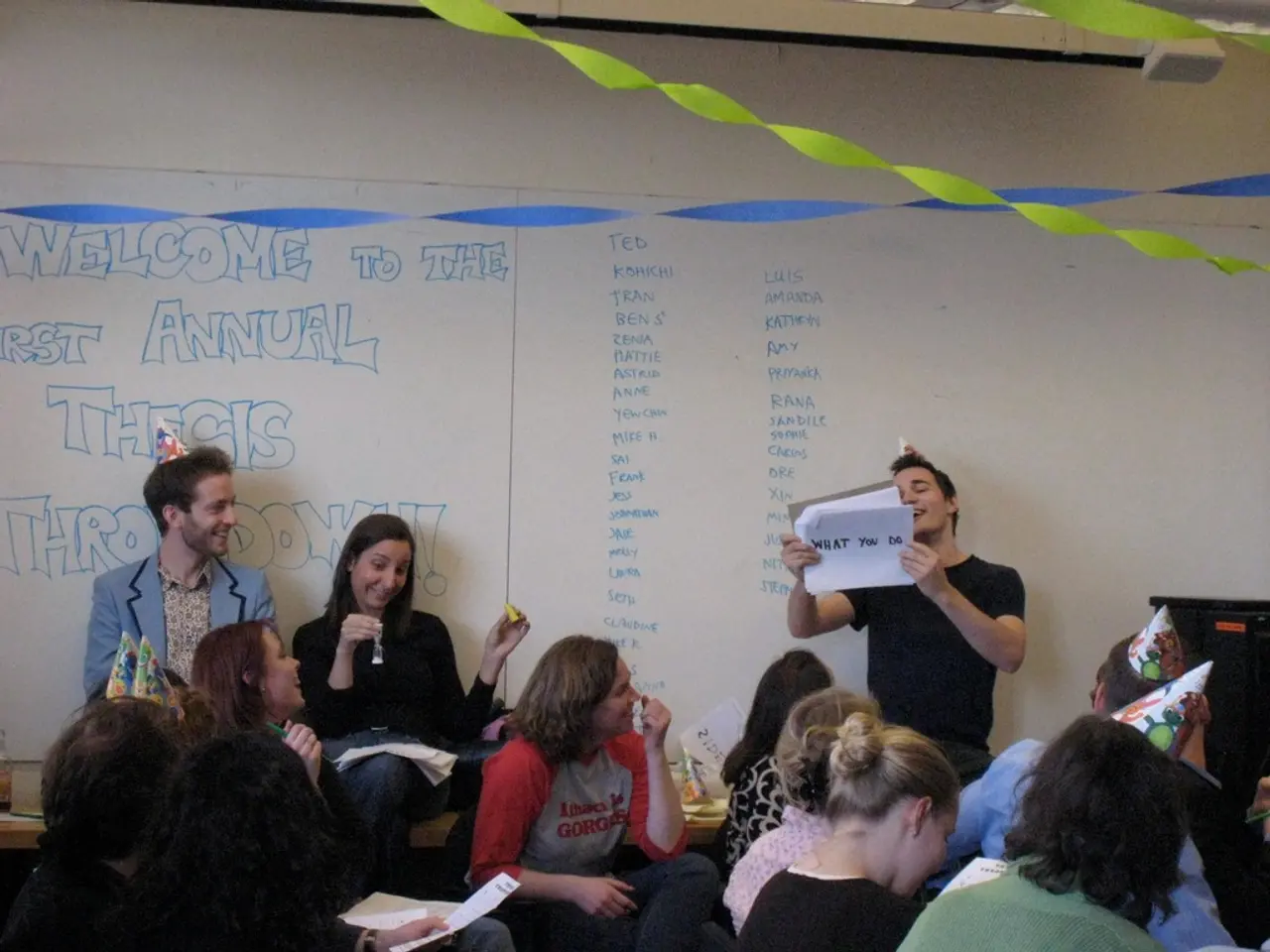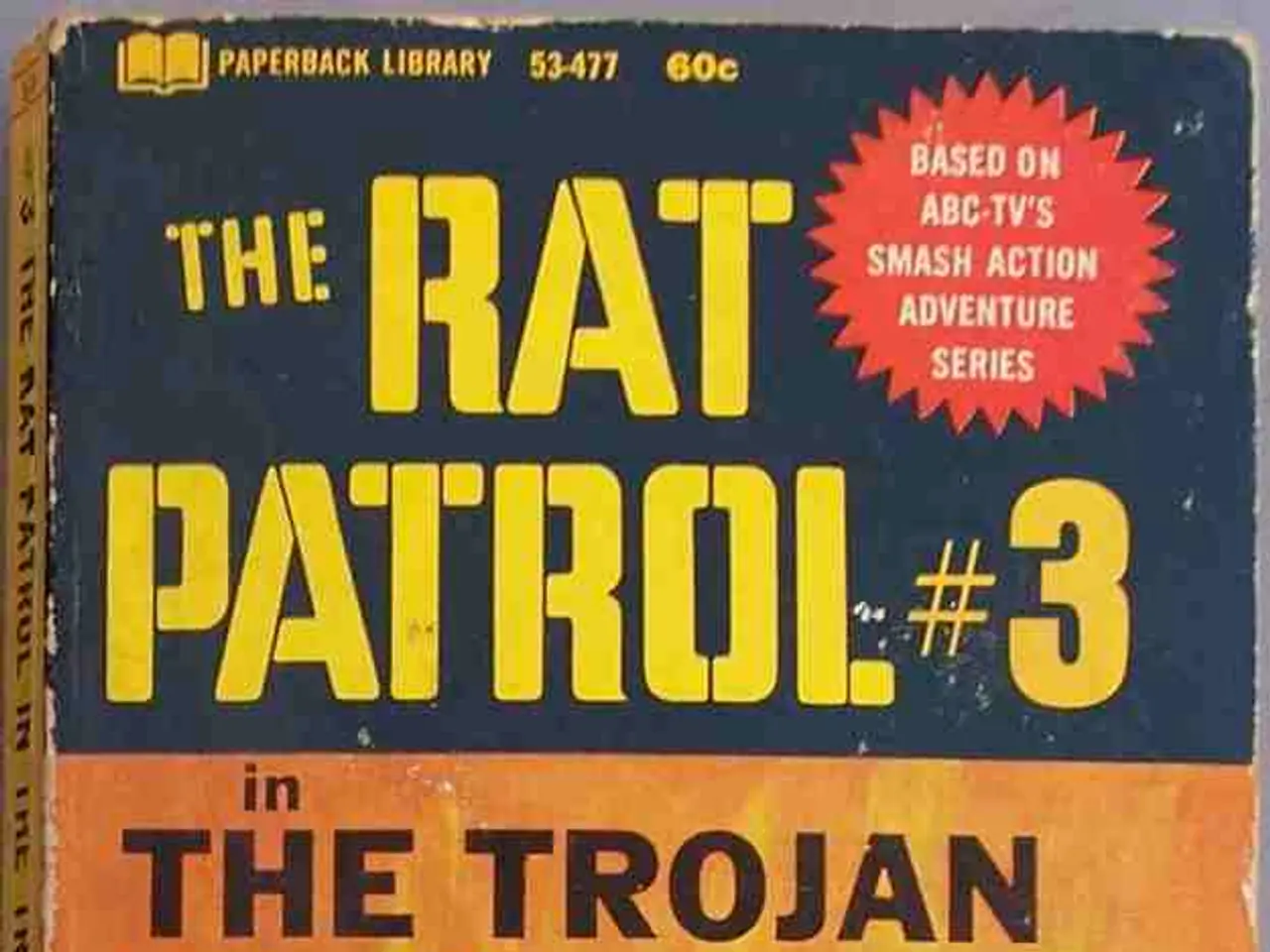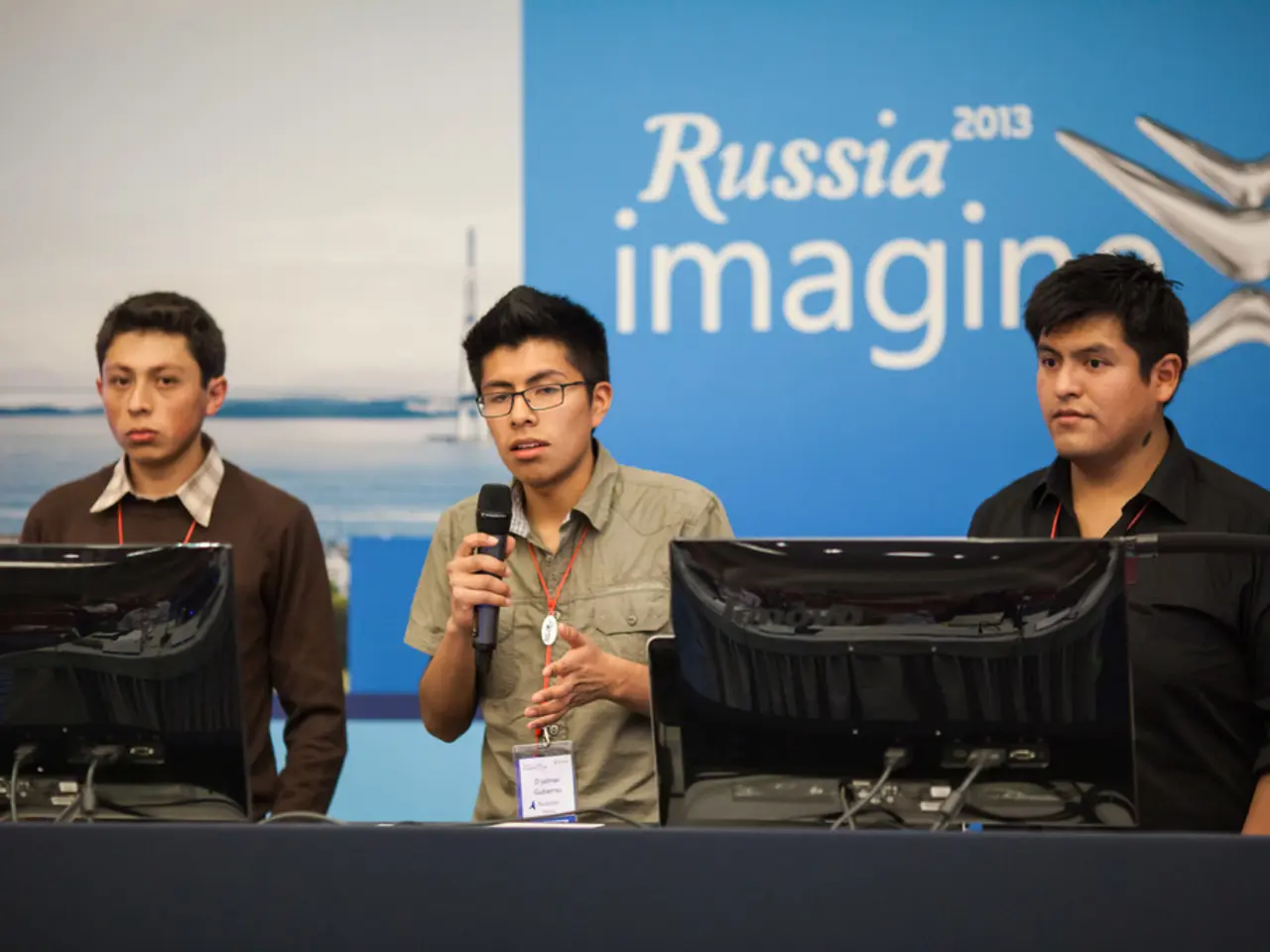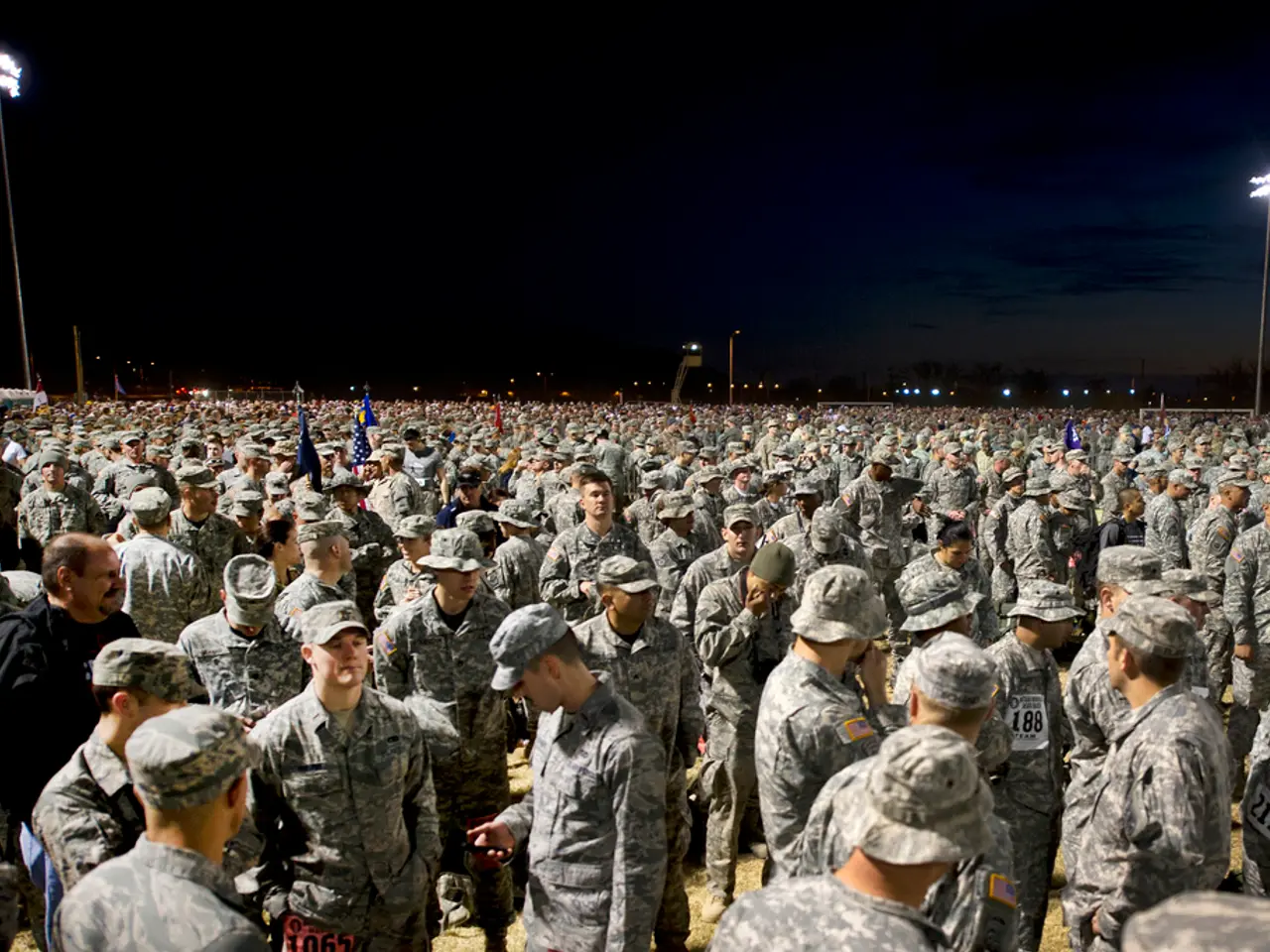Atomic bombing of Nagasaki commemorated in Japan, marking 80 years since the tragic event
In the spring of 2025, a new bell was unveiled in Nagasaki, Japan, marking the beginning of a significant chapter in the city's history. This bell, named the "St. Kateri Bell of Hope," was a gift from American Catholics, led by Dr. James Nolan Jr., whose grandfather had worked on the Manhattan Project that developed the atomic bomb.
The twin cathedral bells at Urakami Cathedral in Nagasaki hold deep historical and symbolic significance. On August 9, 1945, at 11:02am, the United States dropped an atomic bomb on Nagasaki, killing approximately 74,000 people and devastating the city. One bell was partially damaged but saved and rehung in 1959 during the cathedral’s reconstruction; the other bell was destroyed, leaving its bell tower empty for decades.
The new bell, donated 80 years after the bombing, was a powerful act of remembrance, reconciliation, and a call for peace between the peoples of Japan and the United States. The bells were rung at the precise time of the original bombing, connecting past tragedy with a contemporary message of forgiveness and peace.
Nagasaki’s Archbishop Peter Michiaki Nakamura described the rebuilt bell and its donation by Americans as a "concrete sign of forgiveness, reconciliation, and hope," embodying a commitment to peace in the world. The reactions to the new bell were "magnificent," with some people in tears.
The Japanese Christian who inspired the bell project wished to hear the two bells of the cathedral ring together in his lifetime. This wish was fulfilled as the twin cathedral bells rang in unison for the first time since the atomic bombing.
The bells have inspired reflection and remembrance programs, including musical contemplations and commemorations aimed at honoring victims and advocating peace. The ceremony was attended by nearly 100 countries, including Israel, but Russia, which has not been invited since its 2022 invasion of Ukraine, was not included in this year's participation.
Survivor Hiroshi Nishioka, who was just three kilometres from the spot where the bomb exploded, recalled the horror he witnessed as a young teenager. Nagasaki Mayor Shiro Suzuki urged the world to "stop armed conflicts immediately" during a moment of silence and ceremony. Nagasaki resident Atsuko Higuchi expressed happiness that everyone would remember the city's victims.
Historians have debated whether the bombings ultimately saved lives by bringing an end to the conflict and averting a ground invasion. However, the ringing of the twin cathedral bells in Nagasaki serves as a poignant reminder of the devastating impact of war and the importance of peace. The bells embody both the memory of atomic bomb victims and a reconciliatory bridge, illustrating the possibility of healing and unity between former adversaries through shared faith and humanity.
References: 1. BBC News 2. The New York Times 3. CNN 4. The Guardian 5. NPR
The bell-ringing ceremony in Nagasaki served as a powerful symbol of reconciliation and peace between Japan and the United States, echoing poltics of healing and unity through shared faith and humanity. The twin cathedral bells, rung together, reminded the world of the devastating impact of war-and-conflicts and the necessity to put an end to all armed conflicts.








